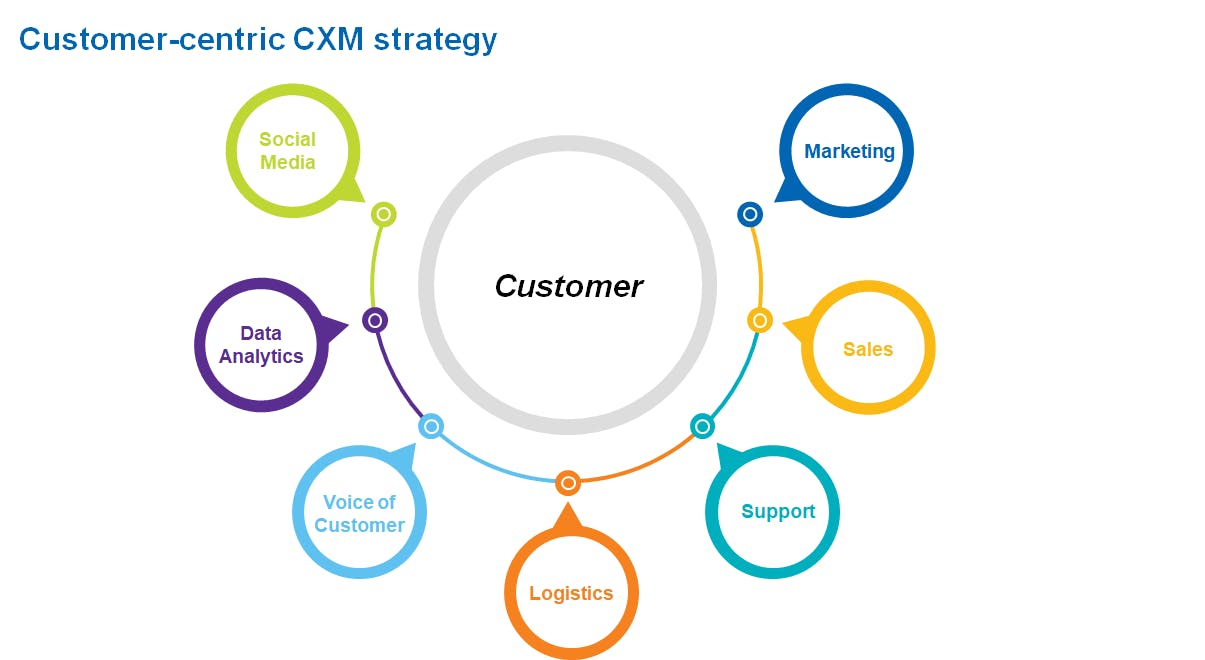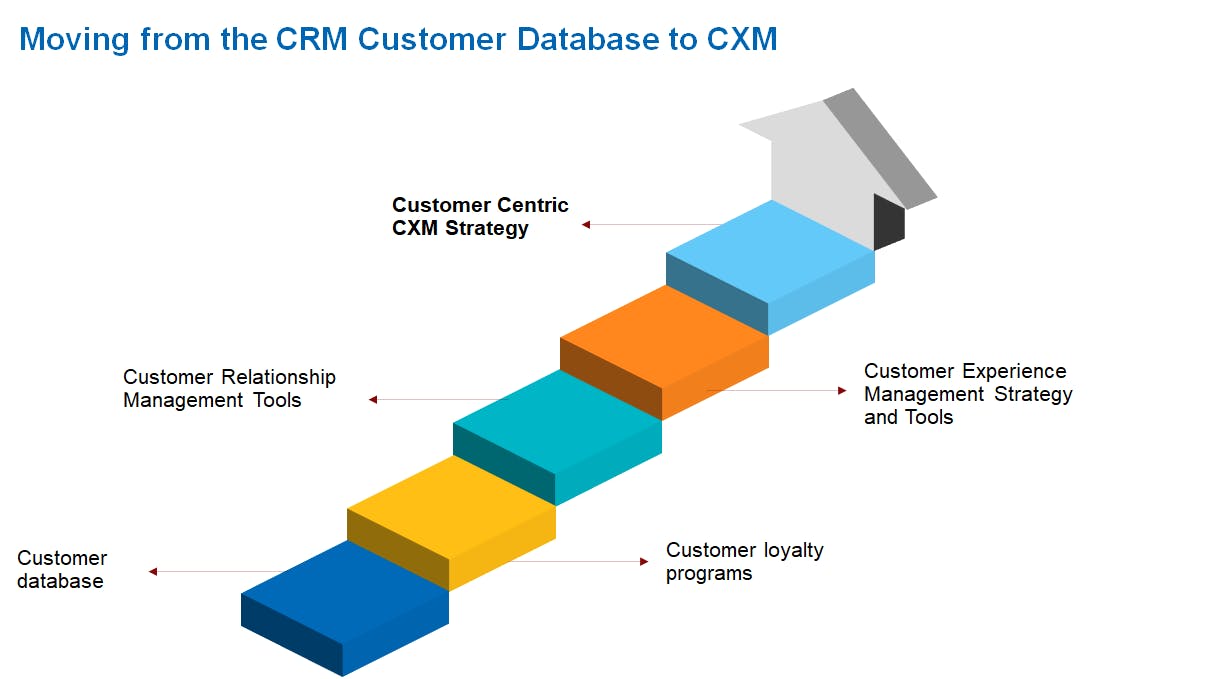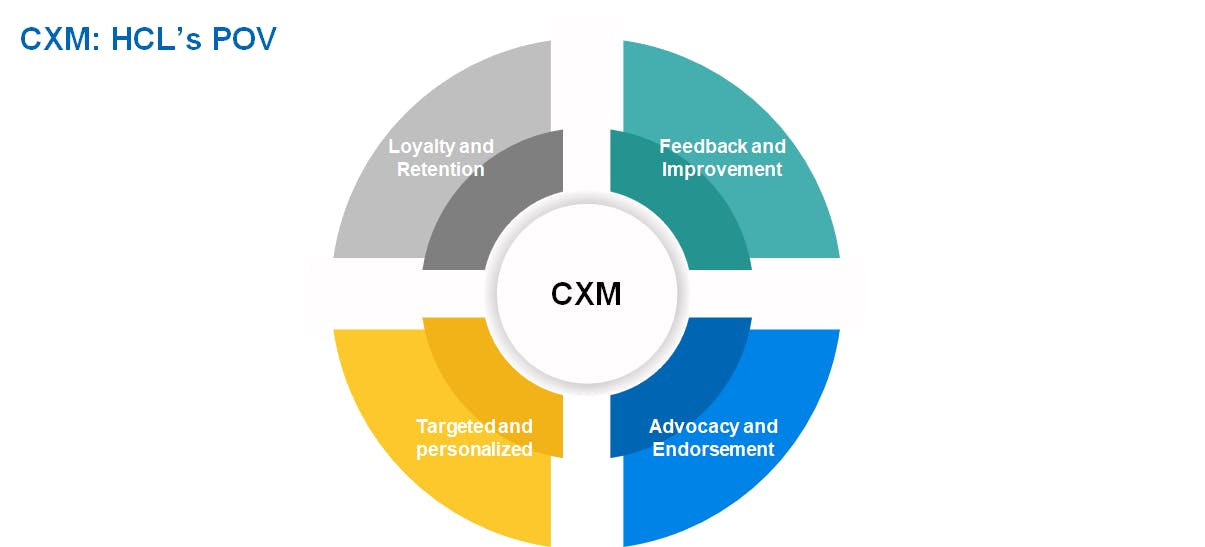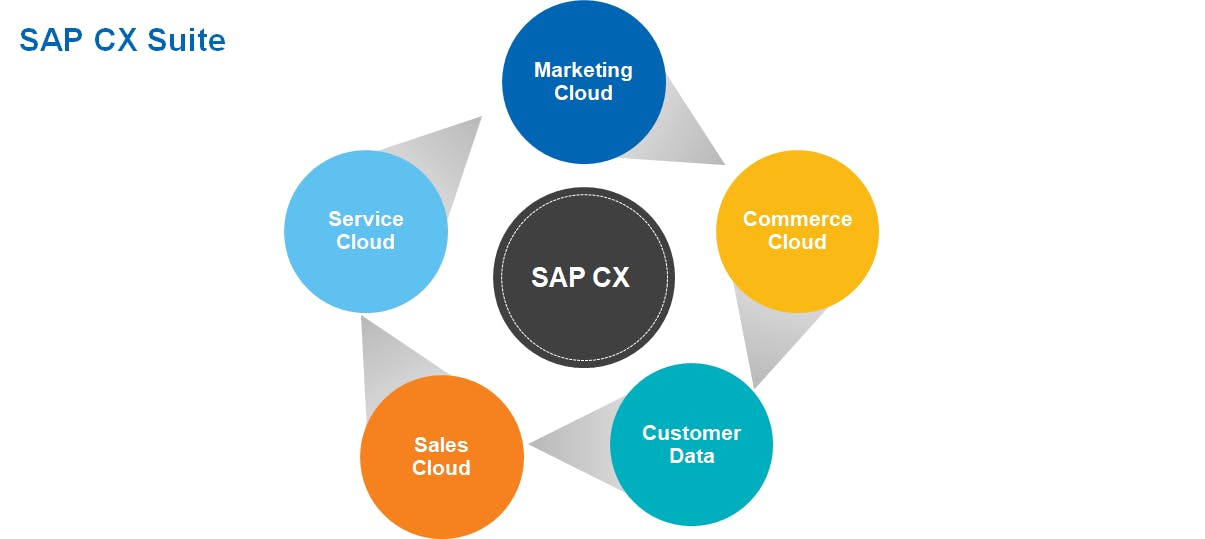Do changing customer expectations signal the end of customer relationship management?
Customer relationship management (CRM) and its historical importance to business are well established. Customer relationship management is the combination of practices, strategies, and technologies that companies use to manage and analyze customer interactions and data throughout the customer lifecycle. Since its introduction in the 2000’s, CRM has undoubtedly helped drive sales growth and profitability by improving customer relationships, assisting customer retention, and increasing customer loyalty.
All CRM systems face limitations in the new digital economy. It’s time to understand your options.
Recently, however, the limitations of CRM have become increasingly apparent. The rise of the well-informed digital consumer has fueled the need for businesses to know their customers better. While CRM applications and tools have evolved over the last couple of decades, the focus of these solutions has remained on managing customer relationships. This has helped improve services to the customer, thereby, which has, in turn, improved customer retention and loyalty. But the CRM applications and tools have also imposed limitations on businesses. These limitations, coupled with technical complications and financial constraints, are hindering business efforts to deliver great customer experience (CX).
Do changing customer expectations signal the end of CRM?
Understanding the limits of traditional CRM
At its core, a traditional CRM system is platform-centric with integrations to various systems and applications in the enterprise. It has served well to manage customer relationships and loyalty from a sales, service, and marketing perspective. But it has lagged behind when it comes to delivering an end-to-end customer experience for all customer touchpoints in the enterprise.
For example, its proven effectiveness in the aforementioned service, sales, and marketing departments is not matched in the store management, packing, or even shipping departments. Moreover, traditional CRM solutions are unable to provide adequate support for new channels or new-age communications, such as smartphones, social media, and AI-driven targeted and situational messaging, or even understanding the customer’s sentiments. As businesses make long and rapid strides on the digital transformation journey, they need to look beyond CRM as just a great transaction database. Instead, they should focus on delivering great customer experiences across all touchpoints.
Customer Experience: It really is all about the customer
Though CRM focuses on sales, service, and customer outreach, if we evaluate outcomes from the company's primary objective, which is capturing more revenue, it falls short. In the end, even modern CRM solutions are still relationship management systems at heart. They require major digital transformation to support an overarching CX strategy. This is because traditional CRM focuses on customer transactions. It keeps track of customer interactions and provides insights based on past interactions so businesses can, in theory, react to future demands better.
CXM (customer experience management), however, is an all-encompassing strategy for the entire business. The goal is to deliver consistently positive experiences to customers that will influence their behavior and drive loyalty, advocacy, and ultimately business growth. Customer experience management (CXM) may seem conceptually similar to customer relationship management (CRM), but its key difference is in perspective.
CRM helps businesses understand the customer by providing information on what a customer looks like to the company. Customer experience management provides the reverse perspective. It defines what a company looks like to the customer, that is, how the customer perceives the company.
Strategically speaking, CXM puts customers at the center of marketing, sales, customer support, logistics, and all other touchpoints, in order to drive brand loyalty and repeat business. This is the reason why the voice of the customer is very important in customer experience management strategy and tools. It enables the business to analyze and understand customer sentiment relating to their experiences with the company.

The need for a wholistic CX strategy
A key aspect of managing customer experience is to analyze positive as well as negative feedback, and fine-tune customer-facing processes and interfaces. This eliminates/reduces negative perceptions and reinforces positive ones. A strong CX strategy will also help eliminate the time and effort spent by a resource to manage processes that have no or negligible impact on enhancing customer experience.
The connect and engagement with the customer is not limited to the marketing, sales, and service departments, but also departments that have direct or indirect dealings with customers. Any and every aspect/function of your company that creates a touchpoint with the customer contributes to the perception of the company and brand in the minds of the customer. So, activities, processes, and departments such as packaging, shipping, public relations, and corporate social responsibility gain significant importance in managing customer experience.
For example, the customer appreciates not only timely and proper delivery, but also aspects such as the packaging, how environmentally responsible is the company while packing and shipping its products, how quickly and efficiently can a customer get guidance on installing and setting up the product, what kind of events does the company sponsor, or how responsive is the company to complaints and feedback raised on social media. Even sentiments such as what kind of feeling does the customer experience while associating with a brand or company can affect business outcomes. A good customer experience strategy will incorporate all of these touchpoints and more.
Companies across the globe are starting to take the distinction between CRM and CX seriously, while at the same time, remaining mindful of the enduring value of the data available in CRM systems. This data needs to be leveraged to create and deliver a better experience for customers.

CXM moves us beyond CRM, but it is not separate from it. CXM uses the CRM foundations and data to deliver an end-to-end customer experience for all touchpoints. The data, statistics, and observations from the CRM systems enable a better understanding of the customer with a more accurate prediction of their needs and behavior to deliver a more personalized experience.
Hearing the voice of the customer through CXM
CXM is a fundamental component of a customer-first strategy and is essential to delivering a great experience to customers. Customer retention is one of the key elements to increase revenue and profit. A customer retained is also a cost saved, that would have otherwise been spent on acquiring new customers. Satisfied customers not only generate more business but also bring in more new customers by endorsing and advocating the brand. In fact, studies show that an endorsement and advocacy by a satisfied customer is more effective than mass-scale advertising and marketing.
Customer feedback is thus essential to understanding areas of improvement and in making timely adjustments to how the company engages with its customers. Tracking and analyzing the ‘voice of the customer’ through surveys, or via direct feedback through mails or social media, can be very useful in providing inputs that improve customer experience. Measuring and analyzing customer sentiment also provides valuable information about the competition.

The role of emerging technologies and cloud in CX
For many organizations, leveraging the cloud has played a vital role in the early adoption of CX strategy and tools. Now that most CX tools and services are available as cloud services, customers can onboard and access the application in a very short time. They don’t have to spend time and resources on long-drawn processes of implementing an enterprise-wide application, which could take months. This also promotes the culture of modular and service-based architecture, which allows architects and designers to optimize resource utilization. The modular architecture allows businesses to pick and choose out-of-box functions and scale up on a per-need basis.
Artificial intelligence is no longer the technology of the future. It has already made an impact in several business processes, including CXM. AI plays a big role in how intelligent and new technologies are making the consumer experience easier. AI works especially well when huge amounts of structured and unstructured data are to be collated and analyzed to understand and predict customer behavior.
SAP’s leading CX suite
SAP leads the way in enhancing customer experience through its suite of cloud applications and tools that deliver an end-to-end customer experience across all touchpoints: Marketing cloud, Commerce cloud, Sales cloud, Service cloud, and Customer data cloud.


Additional tools such as Qualtrics and CPQ ensure comprehensive coverage to engage customers in every step of their journey. The SAP CX suite is designed to focus on engaging your customers and building lasting relationships by ensuring two-way communication. This closes the feedback loop for continuous enhancement and helps deliver a best-in-class customer experience.
Managing and delivering a great customer experience is crucial, but that doesn’t make it easy. It requires a holistic CX strategy coupled with a team committed to customer satisfaction, and the support of tools and processes, which can adapt with speed and agility to deliver a great CX.


